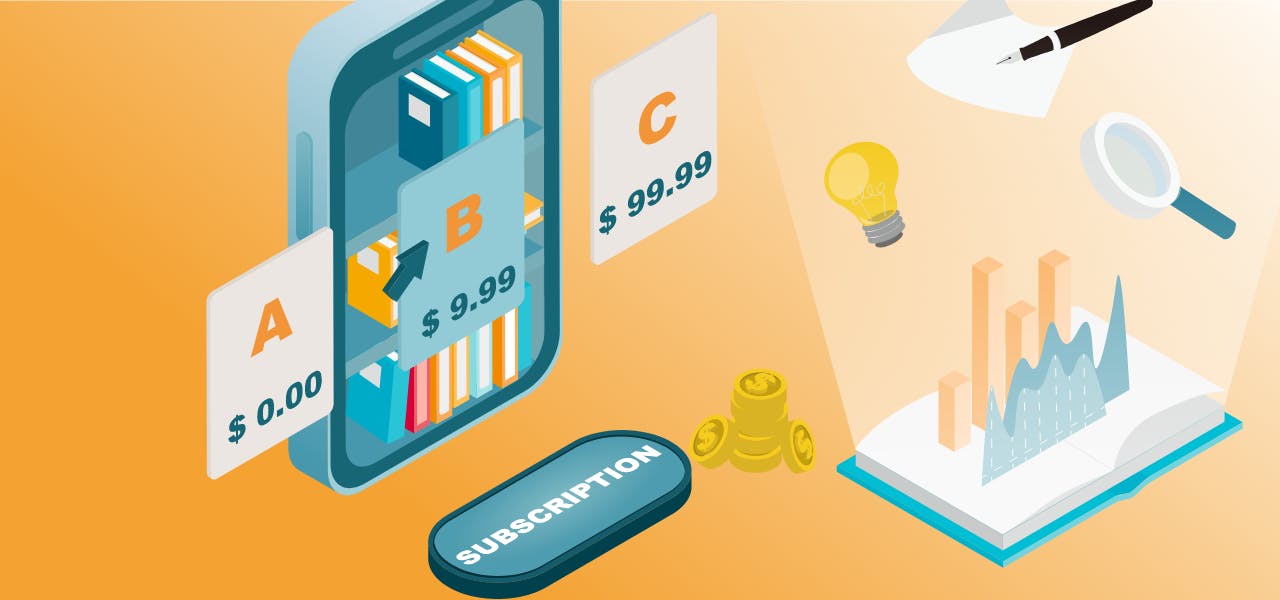The choice of where a researcher submits their article for publication depends on many factors, one of which is the size of the journal’s audience. But today’s journal subscriptions can be expensive and with so many articles available through open access publications, readers are less likely than ever to subscribe to pricey journals unless they have a vested interest in the specific scope of the publications printed.
Because of the rise of open access forums, subscription and for-profit journal publications have had to revamp how they handle their pricing. How much the journal costs is based on a number of factors since there are a lot of fees involved in the publishing process. Ultimately, the journal has to turn a profit, but there is a link between the role of pricing and subscription and the impact of the journal itself that has to be carefully tread.
Factors Involved in Pricing
For a journal to continue to circulate, it must at least break even with its costs and preferably be profitable. Behind the scenes, there is a lot that goes on in order to get a complete publication out for the readership, including:
● Audience circulation, broken down by niche and targeted through disciplines; adjusted as necessary for hybrid journals
● The sizes of the journal, taking into account how many issues it publishes annually, how many articles are included in each issue, and the number of pages on average per issue
● Any content inside the journal that is not an article, including things such as letters to the reader, editorials, and other necessary texts
● The complexity and coloring of infographics or photos
● The quality of the content and the process of having a submission approved
● Any author charges, subsidies, advertising profit or costs, taxes, and other administrative expenses or profits
Between all of these costs and charges, there is a bottom line that the publishers must meet, and that is what determines how much they charge for their subscriptions.
Why Journal Prices are Increasing
The reality is that even though so many articles are available for free, journal prices have increased significantly over the past few decades. From inflation to exchange rates, there are many suggestions for why this truth is evident. According to many studies of journal publications, the price has increased because of factors like:
● New requirements that have shifted how journals publish their articles, including higher resolution graphics, more complex mathematical formulas, links and citations, and changing qualitative data into quantitative
● The cumbersome workload of converting all back issues into electronic format and archiving those into databases
● Creating search requirements and optimizing files
● The cyclical effect of declining subscriptions resulting in rising article or journal costs to make up for the loss in profit
● The decline of authors willing to pay to have their work published, opting instead to submit to journals that did not charge for publication or open access forums that charge but have a large readership
● A higher number of competitive journals in specific niches, allowing for more expensive charges because of the specialty of the scope of the publication
But with a higher price to be paid to access the journal, the author must decide whether it’s worth submitting their article to these publications or to head to open access forums instead.
The Direct Result of Pricing on Impact
The Digital Era has had a significant effect on how people access research information and the knowledge they are looking for. With a few keywords and a search engine, readers have immediate answers, usually for free. This convenience makes it difficult for journals to compete with open access forums.
When a reader is able to access an article for free, they are more likely to read and cite it, increasing the impact rating of that paper and, by extension, the scholar’s reputation. As soon as a price keeps them from getting direct access, the chances of that citation occurring decrease significantly.
If they have to wait for a journal to be published and circulated, those citations reduce even more significantly.
Researchers understand this and have to make the choice between attempting to get their work published through a legitimate print journal or pay for publication in open access forums. There are pros and cons to each method, but the fact is that if a reader must pay for their access, the chances of citation reduces, and so, therefore, does the article’s impact.
